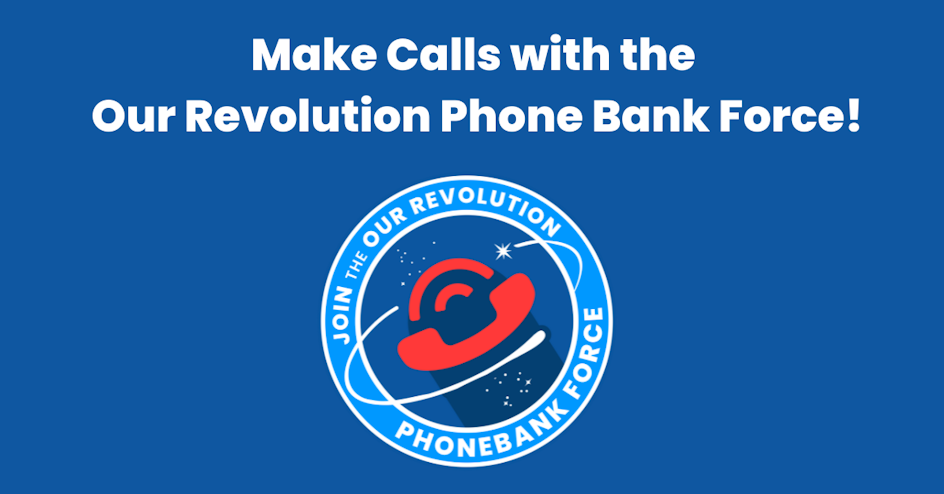| On October 4, 1789, a crowd of women demanding bread for their families gathered other discontented Parisians, including some men, and marched toward Versailles, arriving soaking wet from the rain. They demanded to see “the Baker,” “the Baker’s wife,” and “the Baker’s boy”. The King agreed to meet with some of the women and promised to distribute all the bread in Versailles to the crowd. The arrival of the National Guard on the scene determined to take the King back to Paris complicated things for the King. | |
| Some of the crowd got into the Queen’s quarters and Marie Antoinette barely escaped by way of a secret passage (still partly intact at the Palace at Versailles) to the King’s room. He agreed to address the people from his balcony. “My friends,” he said, “I will go to Paris with my wife and my children.” It was a fatal mistake. It was the last time the King saw Versailles. | |
The Women’s March on Saturday, which took place in cities and towns all across the United States (and around the world), may well have been the largest protest in American history. There were an estimated 3.5 million participants.
This has to mean something, right?
After studying protests over the last two decades, I have to deliver some bad news: In the digital age, the size of a protest is no longer a reliable indicator of a movement’s strength. Comparisons to the number of people in previous marches are especially misleading.
A protest does not have power just because many people get together in one place. Rather, a protest has power insofar as it signals the underlying capacity of the forces it represents.
Consider an analogy from the natural world: A gazelle will sometimes jump high in the air while grazing, apparently to no end — but it is actually signaling strength. “If I can jump this high,” it communicates to would-be predators, “I can also run very fast. Don’t bother with the chase.”
Protesters are saying, in effect, “If we can pull this off, imagine what else we can do.”
But it is much easier to pull off a large protest than it used to be. In the past, a big demonstration required months, if not years, of preparation. The planning for the March on Washington in August 1963, for example, started nine months earlier, in December 1962. The march drew a quarter of a million people, but it represented much more effort, commitment and preparation than would a protest of similar size today. Without Facebook, without Twitter, without email, without cellphones, without crowdfunding, the ability to organize such a march was a fair proxy for the strength and sophistication of the civil rights movement.
The Women’s March, on the other hand, started with a few Facebook posts and came together in a relatively short amount of time. The organizers no doubt did a lot of work, and the size and the energy of the gathering reflected a remarkable depth of dissent. However, as with all protests today, the march required fewer resources and less time spent on coordination than a comparable protest once did.
This is one reason that recent large protests have had less effect on policy than many were led to expect. I participated in the antiwar protests of February 2003 — at that point, likely the largest global protest in history, with events in more than 600 cities. I assumed the United States and its allies could not ignore a protest of that size. But President George W. Bush, dismissing the protesters as a “focus group,” indeed proceeded to ignore us, and the Iraq war began soon after. Mr. Bush was right in one way: The protesters failed to transform into an electoral force capable of defeating him in the 2004 election.
In 2011, I attended the global Occupy protests, which were held in about 1,000 cities in more than 80 countries — again, likely the biggest global protest ever, at that point. Thanks in part to digital technology, those protests, too, had been organized in just a few weeks. I was optimistic that I would soon see political and economic changes in response to this large-scale expression of resistance to economic inequality. I was wrong, then, too.
Two enormous protests, two disappointing results. Similar sequences of events have played out in other parts of the world.
This doesn’t mean that protests no longer matter — they do. Nowadays, however, protests should be seen not as the culmination of an organizing effort, but as a first, potential step. A large protest today is less like the March on Washington in 1963 and more like Rosa Parks’s refusal to move to the back of the bus. What used to be an endpoint is now an initial spark.
More than ever before, the significance of a protest depends on what happens afterward.
Consider the Tea Party protests of 2009, which also brought out hundreds of thousands of people in cities throughout the United States, and which also were organized with the help of digital communication. Like any other protest, including the Women’s March, these were symbolic expressions of support, and they also functioned as events where like-minded individuals could find one another. But the Tea Party protesters then got to work on a ferociously focused agenda: identifying and supporting primary candidates to challenge Republicans who did not agree with their demands, keeping close tabs on legislation and pressuring politicians who deviated from a Tea Party platform.
Last Saturday, as I participated in the Women’s March in North Carolina, I marveled at the large turnout and the passion of those who marched. But if those protesters are not exchanging contact information and setting up local strategy meetings, their large numbers are unlikely to translate into the kind of effectiveness the Tea Party supporters had after their protests in 2009.
The Tea Party, of course, is not the only model for moving forward. But there is no magic power to marching in the streets that, on its own, leads to any other kind of result.
The march I attended in North Carolina ended with everyone singing along to a song called “Let’s Get to Work.” For today’s protests, more than ever, that’s the right message.







